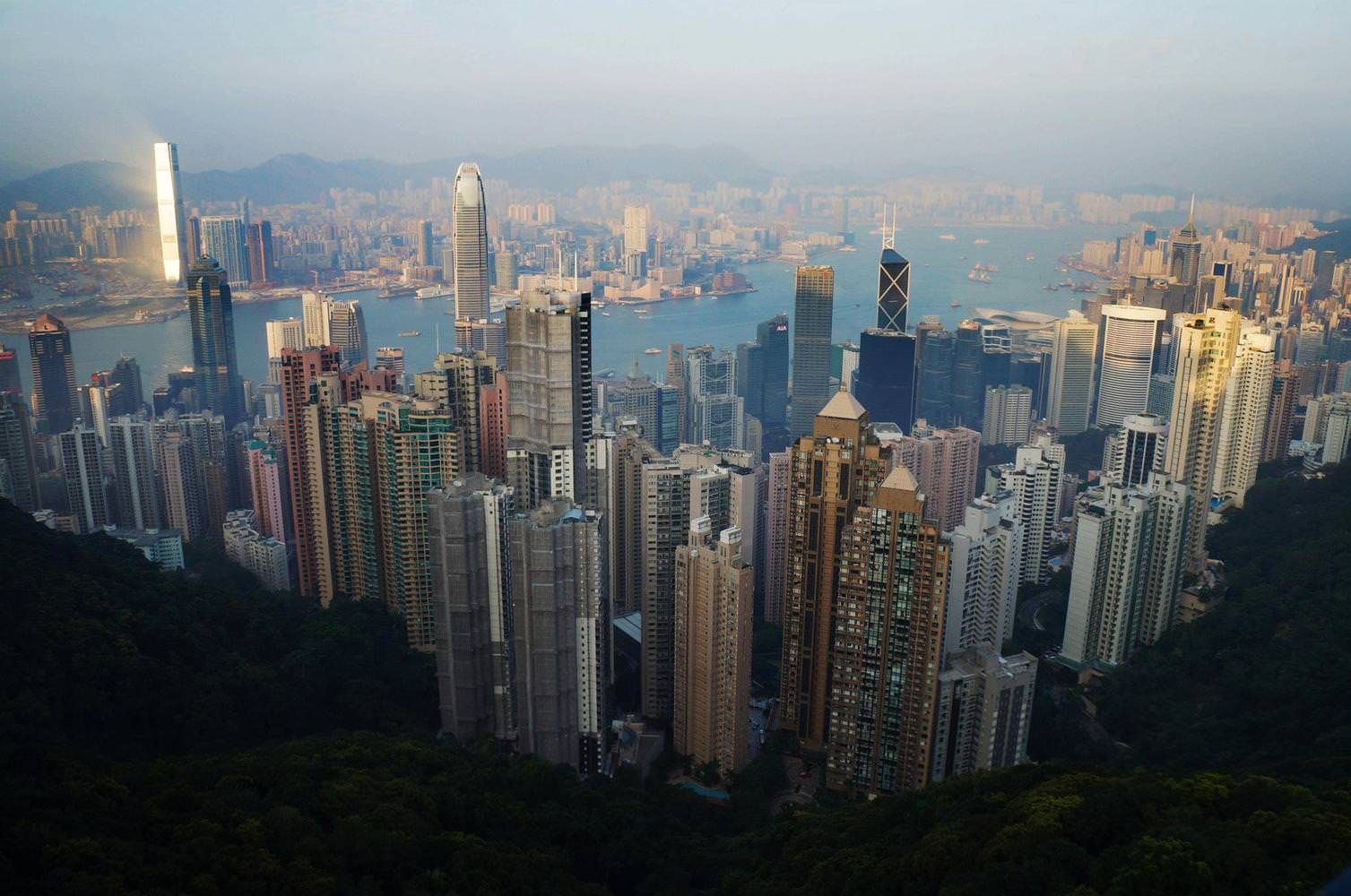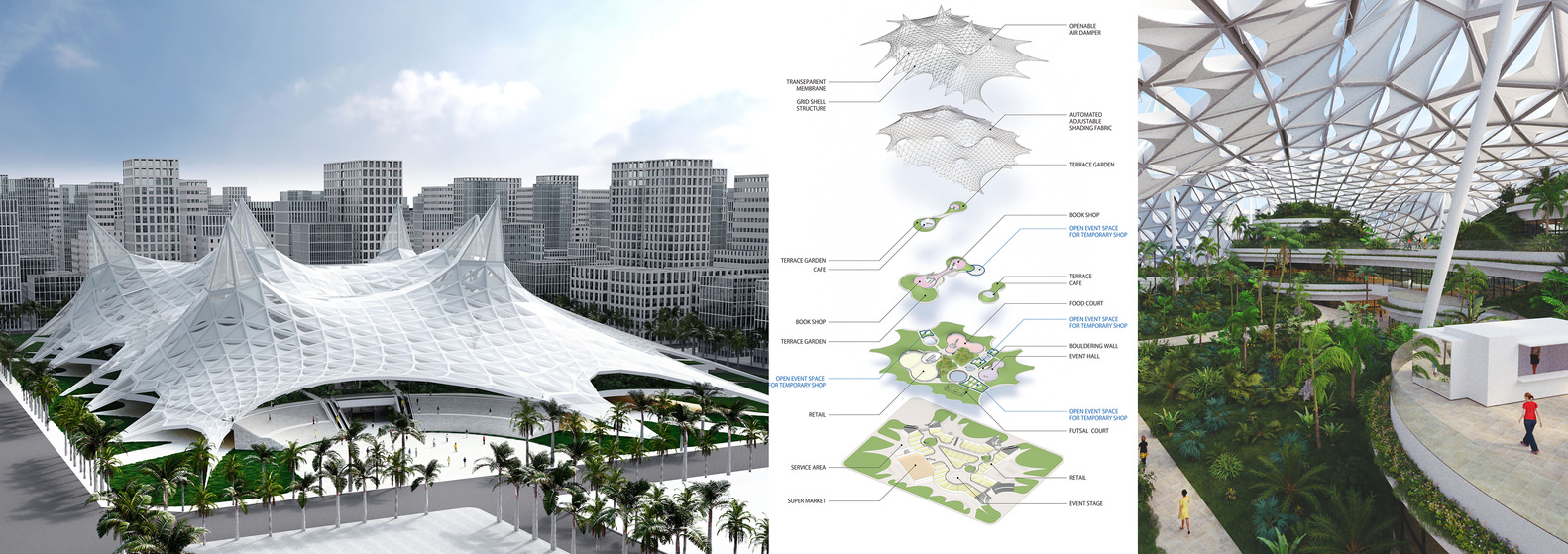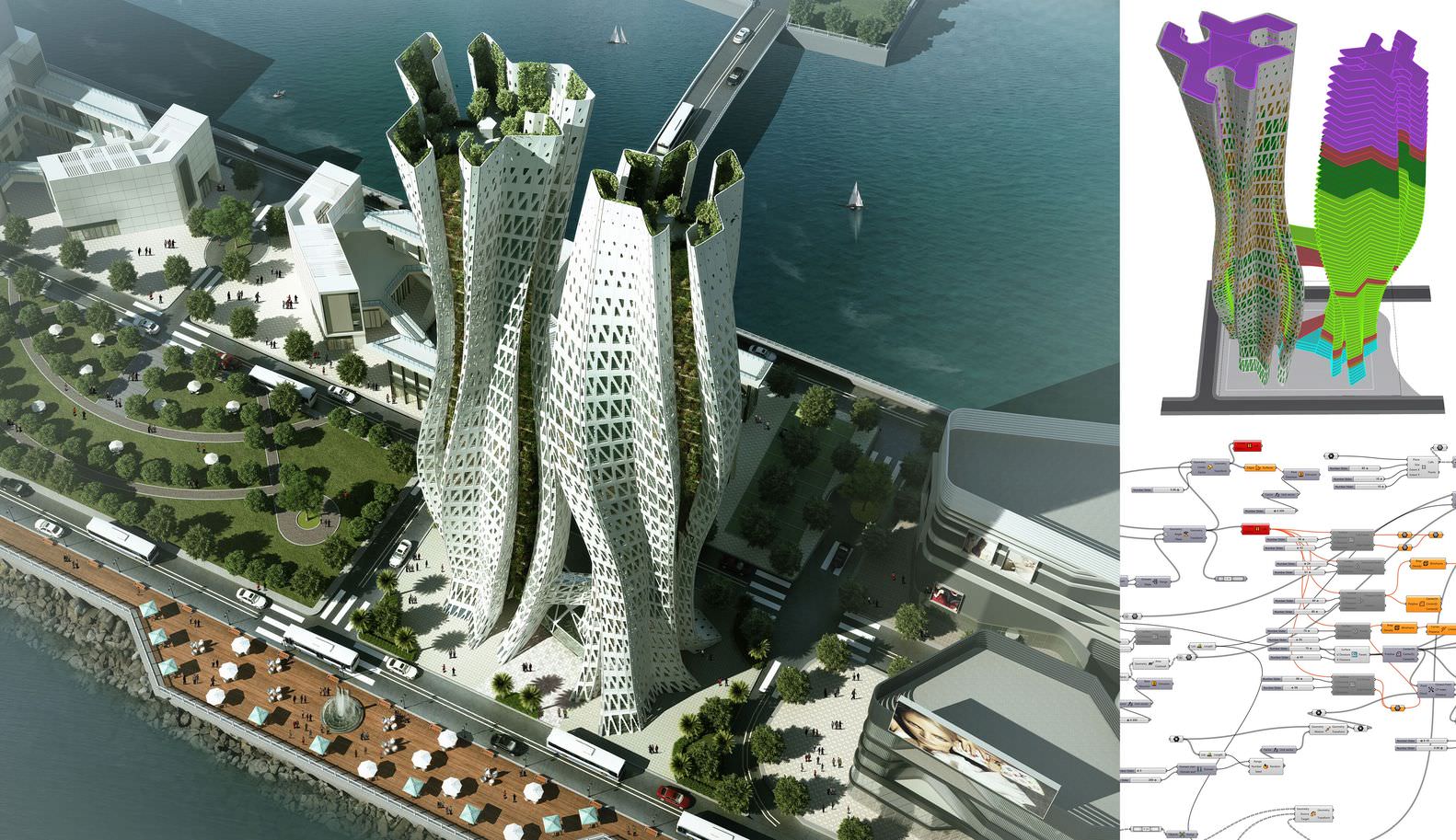Architectural considerations that shape the cities of the future
By 2050, the world’s population is expected to exceed 10 billion, making congested cities one of the most pressing issues of the day. Data analysis, machine learning, transportation developments, and the rapid development of new social technologies are increasingly changing the needs of people and societies, which will have a direct impact on the overcrowding issue and on the more built environment. And here the idea of future cities emerged
This topic was raised from the Future Engineering Conference, sponsored by Architect Dmytro Aranchii, from 9-11 October 2019, in Kiev, Ukraine. Under the heading “Imperative: Destructive Technologies that Shaped the Future of AEC Industry”,
The Inevitable: Disruptive Technologies Shaping the Future of the AEC Industry’
It was the largest European conference on emerging technologies and hosted groundbreaking discussions on how different professions and technologies are currently shaping the future of architecture, from futuristic cities to homes, even to extraterrestrial architecture.
In the midst of the conference, 7 architectural considerations were identified that constitute the debate towards designing better cities:
Climate change
Climate change is one of the most pressing matters to consider when discussing future cities. Buildings and construction together account for 38% of energy-related CO2 emissions. The simplest and most impactful issue of climate change is that the most sustainable building, as it not only saves money and time, but also reduces the impact on carbon emissions by eliminating the construction and demolition process itself.
Energy efficiency in buildings is another way to reduce carbon dioxide emissions. The entire industry is undergoing a transformation mainly stimulated by BIM, which integrates the entire life cycle of the built environment, and more recently the Internet of Things (IoT). Simply put, sensor networks and building management systems track all types of data, provide deep insights into real-time performance, predict potential problems, and provide data to work on. Temperature control, energy monitoring, water consumption, and performance are recorded in real time, along with human behavior, making buildings responsive to surrounding reactions.
The average global temperature rise should be kept below 1.5 ° C, which means that carbon dioxide emissions must decrease by 45% from 2010 levels by 2030. Although scientists are working on several solutions to address this goal ( Reducing the amount of raw materials used, switching to more efficient production methods, and finding alternatives to cement and sand when making concrete – for example plastics), none of them are good enough.

Destructive technologies:
The Fourth Industrial Revolution began to unfold rapidly as the digitization of human interactions increased at a rapid rate and the time frame for people adopting new technologies decreased. Today, digitization of the construction industry is one of the biggest opportunities for investors, as it attracts global attention to thought leaders, innovators and professionals.
Urban planning, architecture and design today are among the most promising areas that can affect the future of humanity.
The Internet of Things (IoT), renewed design and standards, artificial intelligence, robotics, 3D printing, big data, and virtual reality are just some of the new tools that architects can rely on to change how they think and design future cities. This means that the role of the architect will be pivotal.
New building materials
All of the above considerations create fertile ground for innovation in new building materials and digital production technologies. The smartest way to tackle this problem is systematically: Instead of destroyed forests, beaches, and river banks, we should use waste through reuse, recycling and recovery. Some of the more interesting options here include waste-based plastics and carbon dioxide sorbents (such as CLT), renewables, and biomechanics.

Urban density
How the density and population growth led to the need for deep drilling as well as high construction, how to dig a basement 35 meters deep in central London to hold amenities like the cinema, dance hall and restaurants better because of thermal and acoustic conditions and lack of need for natural light or views
Big data and human behavior
If mobility is the lifeblood of the twentieth century, then data is the beating heart of the “city of transactions” in the twenty-first century. The most important task will be to provide flexible, adaptable and connected infrastructure that provides places for people. This is the challenge, and the future now.
Future cities are smart cities, and they will function as one large data-driven ecosystem. Every interaction and situation is currently recorded, and many companies already use this data to devise smarter designs that better suit human needs.
Joint work and living
In future cities, human health and psychological well-being are among the areas that can be improved through the use of technology and data. When the population doubles, improving the quality of public spaces will become crucial, allowing communities to participate and interact in spaces designed for access and diversity. Comfort quality in work and housing spaces will be measured by sensors that provide real-time data on primary comfort and comfort indicators such as natural light, oxygen levels, and human interaction,
For example but not limited to. The building can detect that oxygen levels are low, which makes people feel tired and pressured, and they automatically activate ventilation systems.

Interior design also affects comfort and health, and it takes on significance which makes the quality of these spaces more related to psychological well-being. A deeper understanding of how color, space, lighting, and even decoration affect human behavior will require further development and application.
Read also: Classification of sustainable buildings
Extraterrestrial architecture
The production of new habitats on other planets is the new space race of the twenty-first century. Many consider it one of the most promising ways to solve the problem of overpopulation, as many see it as a deviation, because we should not think of starting new civilizations in outer space when we have not yet resolved how to solve the development of an effective one on the planet. Companies such as Foster + Partners, HASSELL and AI SpaceFactory not only design extraterrestrial engineering, but also research construction technologies that allow things to be installed in completely different conditions from the Earth’s environment.



 العربية
العربية
Comments are closed.